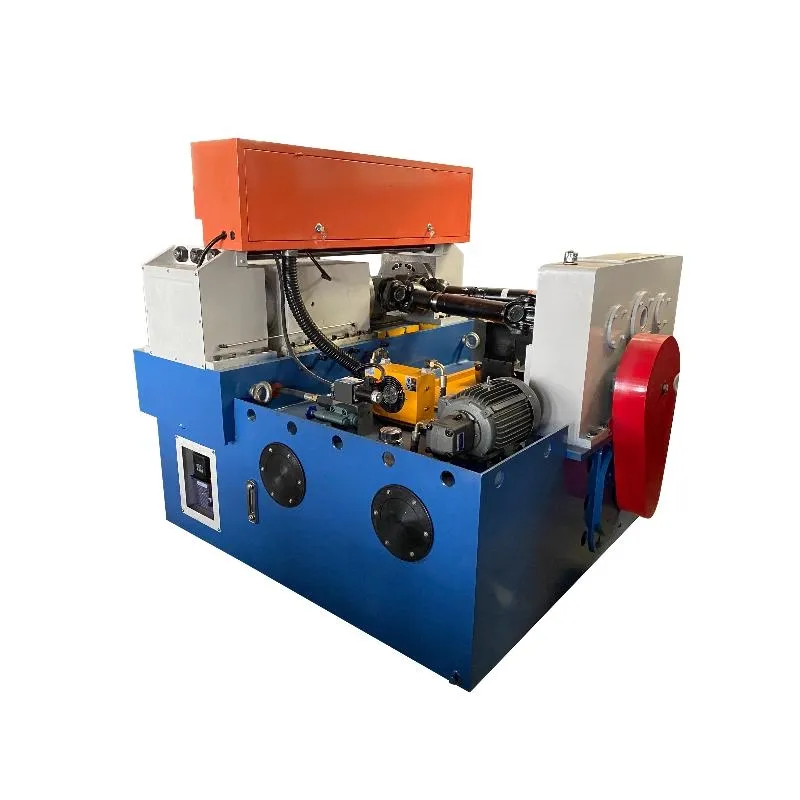
-
 Afrikaans
Afrikaans -
 Albanian
Albanian -
 Amharic
Amharic -
 Arabic
Arabic -
 Armenian
Armenian -
 Azerbaijani
Azerbaijani -
 Basque
Basque -
 Belarusian
Belarusian -
 Bengali
Bengali -
 Bosnian
Bosnian -
 Bulgarian
Bulgarian -
 Catalan
Catalan -
 Cebuano
Cebuano -
 Corsican
Corsican -
 Croatian
Croatian -
 Czech
Czech -
 Danish
Danish -
 Dutch
Dutch -
 English
English -
 Esperanto
Esperanto -
 Estonian
Estonian -
 Finnish
Finnish -
 French
French -
 Frisian
Frisian -
 Galician
Galician -
 Georgian
Georgian -
 German
German -
 Greek
Greek -
 Gujarati
Gujarati -
 Haitian Creole
Haitian Creole -
 hausa
hausa -
 hawaiian
hawaiian -
 Hebrew
Hebrew -
 Hindi
Hindi -
 Miao
Miao -
 Hungarian
Hungarian -
 Icelandic
Icelandic -
 igbo
igbo -
 Indonesian
Indonesian -
 irish
irish -
 Italian
Italian -
 Japanese
Japanese -
 Javanese
Javanese -
 Kannada
Kannada -
 kazakh
kazakh -
 Khmer
Khmer -
 Rwandese
Rwandese -
 Korean
Korean -
 Kurdish
Kurdish -
 Kyrgyz
Kyrgyz -
 Lao
Lao -
 Latin
Latin -
 Latvian
Latvian -
 Lithuanian
Lithuanian -
 Luxembourgish
Luxembourgish -
 Macedonian
Macedonian -
 Malgashi
Malgashi -
 Malay
Malay -
 Malayalam
Malayalam -
 Maltese
Maltese -
 Maori
Maori -
 Marathi
Marathi -
 Mongolian
Mongolian -
 Myanmar
Myanmar -
 Nepali
Nepali -
 Norwegian
Norwegian -
 Norwegian
Norwegian -
 Occitan
Occitan -
 Pashto
Pashto -
 Persian
Persian -
 Polish
Polish -
 Portuguese
Portuguese -
 Punjabi
Punjabi -
 Romanian
Romanian -
 Russian
Russian -
 Samoan
Samoan -
 Scottish Gaelic
Scottish Gaelic -
 Serbian
Serbian -
 Sesotho
Sesotho -
 Shona
Shona -
 Sindhi
Sindhi -
 Sinhala
Sinhala -
 Slovak
Slovak -
 Slovenian
Slovenian -
 Somali
Somali -
 Spanish
Spanish -
 Sundanese
Sundanese -
 Swahili
Swahili -
 Swedish
Swedish -
 Tagalog
Tagalog -
 Tajik
Tajik -
 Tamil
Tamil -
 Tatar
Tatar -
 Telugu
Telugu -
 Thai
Thai -
 Turkish
Turkish -
 Turkmen
Turkmen -
 Ukrainian
Ukrainian -
 Urdu
Urdu -
 Uighur
Uighur -
 Uzbek
Uzbek -
 Vietnamese
Vietnamese -
 Welsh
Welsh -
 Bantu
Bantu -
 Yiddish
Yiddish -
 Yoruba
Yoruba -
 Zulu
Zulu
Flat Die Thread Rolling Machines for Efficient Production and Cost-Effective Solutions
Understanding Thread Rolling Machines and Flat Die Quotes
In the realm of manufacturing, the efficient production of threaded components is crucial across various industries, including automotive, aerospace, and construction. One of the most effective methods for creating threads is through the use of thread rolling machines, specifically those utilizing flat dies. This article will explore the intricacies of thread rolling machines, the advantages of using flat dies, and considerations when evaluating quotes from manufacturers.
What is a Thread Rolling Machine?
A thread rolling machine is a specialized piece of equipment designed to create threads on a workpiece through shear deformation. Unlike traditional cutting methods, thread rolling works by deforming the material, resulting in stronger threads with enhanced durability. The process involves placing the workpiece between two flat dies, which apply pressure and impart the desired thread profile onto the surface of the material.
The Role of Flat Dies
Flat dies play a pivotal role in the thread rolling process. They are designed to match the specific thread profile required for the application. The advantages of using flat dies include
1. Increased Material Strength Because the process involves cold working the metal, the material experiences work hardening, leading to enhanced tensile strength in the threaded areas.
2. Improved Surface Finish Thread rolling produces a smoother surface finish compared to traditional cutting methods, reducing the need for additional machining processes and improving the overall aesthetics and functionality of the threads.
3. Higher Production Rates The thread rolling process is typically faster than machining, allowing manufacturers to produce a larger quantity of threaded components in a shorter time frame.
5. Versatility Flat die thread rolling machines can accommodate a wide range of sizes and thread configurations, making them suitable for various applications.
thread rolling machine flat die quotes

Evaluating Quotes for Thread Rolling Machines
When seeking quotes for thread rolling machines equipped with flat dies, manufacturers should consider several key factors to ensure they make an informed decision
1. Specifications and Capabilities Ensure that the machine meets the specific requirements of your production, including the size and type of threads to be produced.
2. Material Compatibility Verify that the machine can handle the range of materials you plan to use, as different materials may require different rolling pressures and die designs.
3. Technical Support and Service Evaluate the manufacturer's offerings regarding technical support, maintenance, and training, all of which are crucial for maximizing the machine's efficiency and lifespan.
4. Pricing and Total Cost of Ownership While initial quotes are essential, consider the total cost of ownership, including maintenance, operating costs, and potential downtime.
5. Lead Time and Delivery Assess the expected lead time for delivery and installation, as timely acquisition of machinery can be critical for maintaining production schedules.
6. Reputation and Reviews Research the manufacturer’s reputation within the industry. Looking at customer reviews and testimonials can provide insights into the reliability and performance of their machines.
Conclusion
Thread rolling machines with flat dies represent a vital technology for the efficient and cost-effective production of threaded components. Understanding the benefits of this process and carefully evaluating quotes can help manufacturers optimize their operations and enhance their competitive edge. As industries continue to evolve, the need for robust and efficient manufacturing solutions will only grow, making thread rolling a method worth considering for future production needs.
